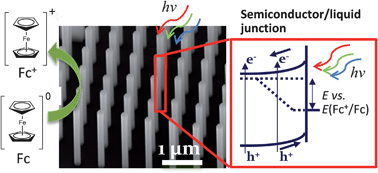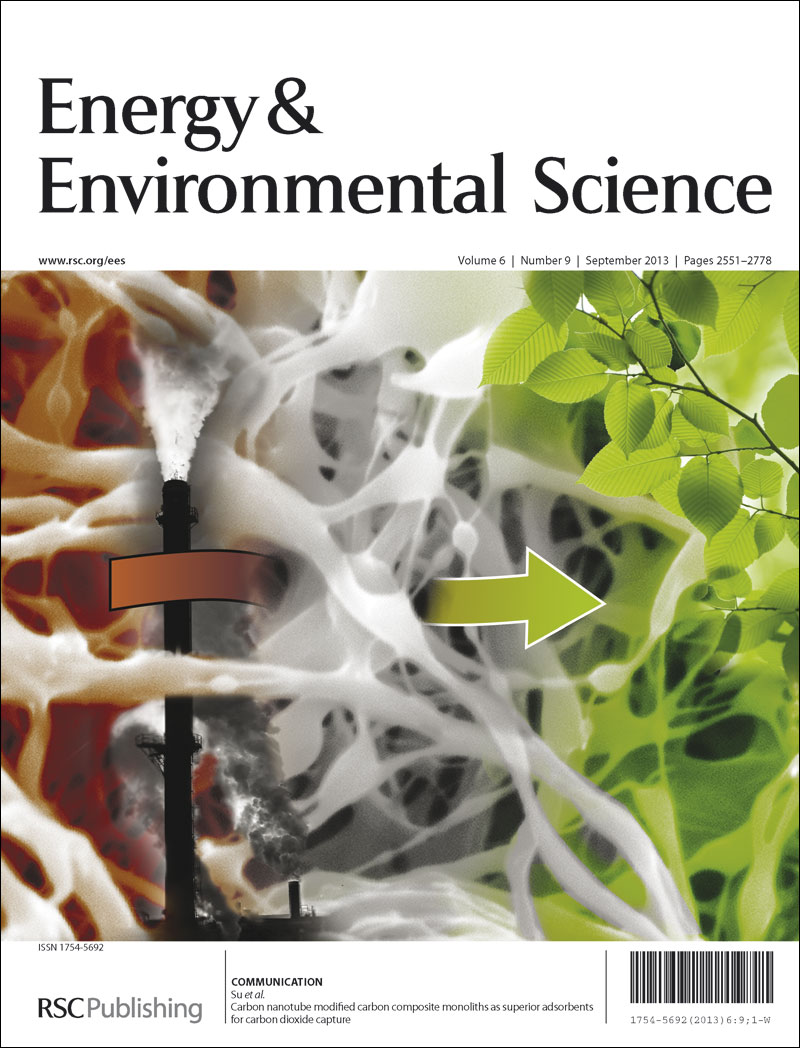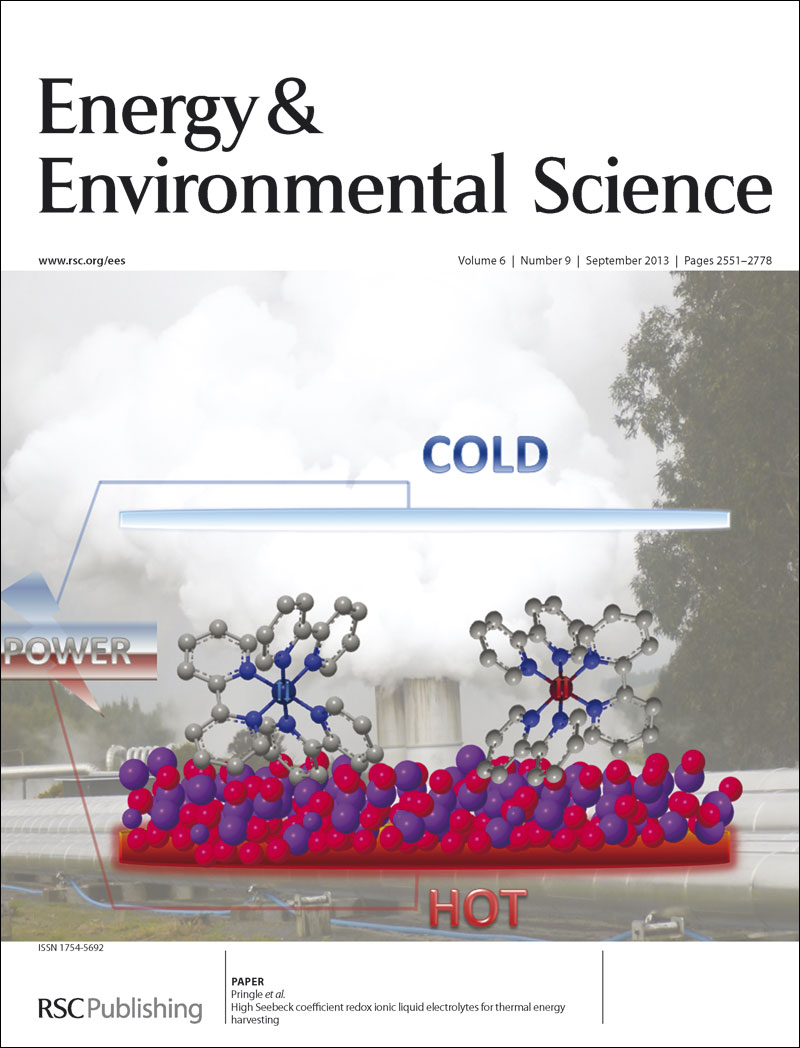By reviewing both current laboratory and industrial-scale reactors and emerging technologies, Baytekin, Baytekin and Grzybowski offer strategic alternatives to incineration that usefully could harness the giant potential energy found in discarded synthetic polymers through their Energy and Environmental Science article, Retrieving and converting energy from polymers: deployable technologies and emerging concepts.
Plastics constitute many millions of tonnes of waste globally each year – 28 million tonnes in the United States alone, a waste approaching a trillion MJ of energy. Less than 10% of polymers are recycled effectively and 12% are incinerated, but incineration of plastics merely substitutes one pollutant for many; these authors offer real, clean, and effective alternatives that make better use of this energy reserve, some presently feasible on the industrial scale and others still in development. Anyone with an interest in emerging energy technologies, energy policy, industrial chemistry, active polymers, or green chemistry would certainly read this article with great interest.
One high-value recycling strategy is chemical degradation of polymers – mainly by heating under inert, partial O2, or H2 atmospheres – to surprisingly useful ends. In one instance, PMMA yields its monomer, methylmethacrylate, at a yield of 97%. Polymers with high levels of impurities can be converted into fuels such as diesel, coke, and hydrogen at high qualities, with high efficiency, and on the industrial scale. The authors also discuss more exotic energy interconversions involving polymers, presently being developed, among them mechanical to electrical energy interconversion via triboelectric and piezoelectric generators and heat to electrical energy interconversion via polymer thermoelectrics, adding a vision of future possibilities to this already enthralling read.
Read the article in EES:
Retrieving andconverting energy from polymers: deployable technologies and emerging concepts
Bilge Baytekin, H. Tarik Baytekin, and Bartosz A. Grybowski
DOI: 10.1039/C3EE41360H


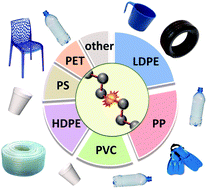









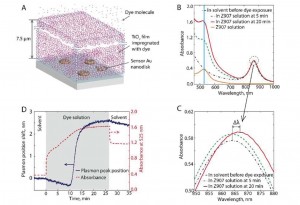
 Do you want to embrace open innovation, but not sure where to start?
Do you want to embrace open innovation, but not sure where to start? 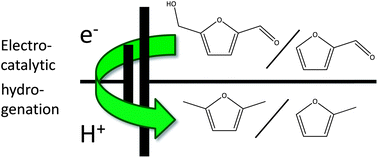
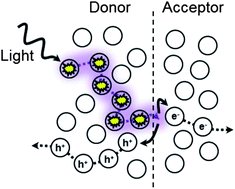
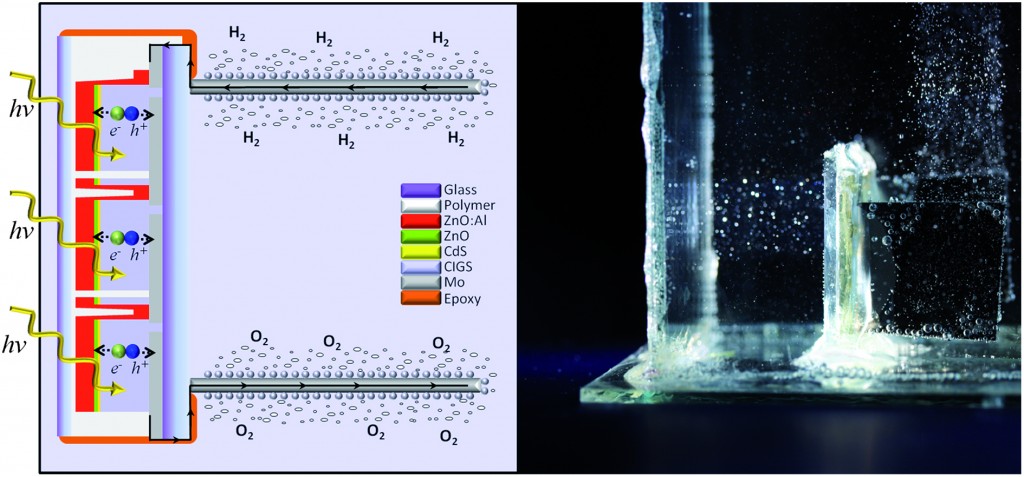

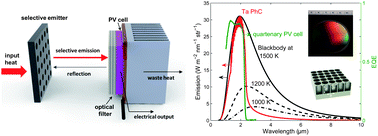 Photonic crystals (PhCs) are periodically nanostructured metamaterials with unique optical properties and flexibility in the design of their density of states. In
Photonic crystals (PhCs) are periodically nanostructured metamaterials with unique optical properties and flexibility in the design of their density of states. In 